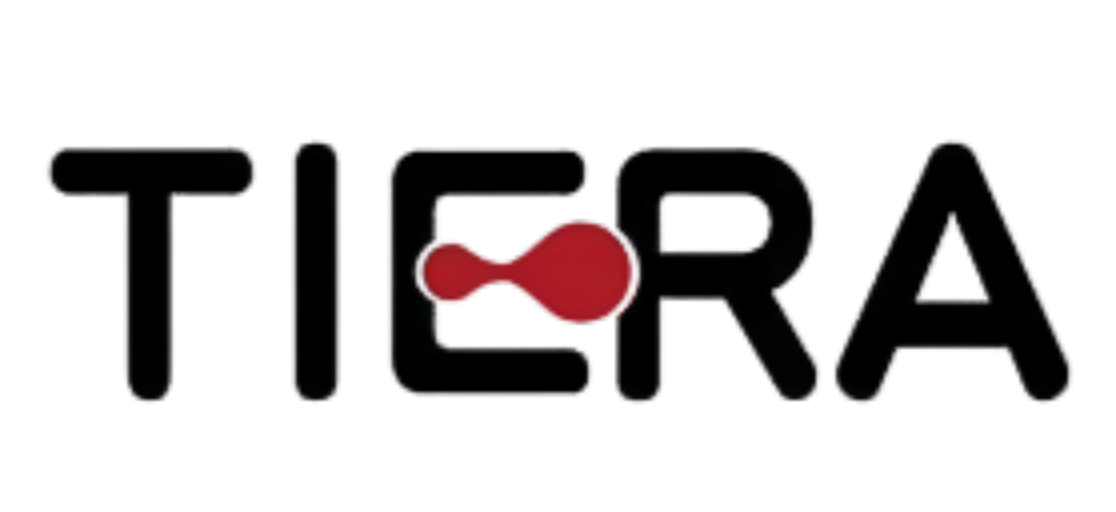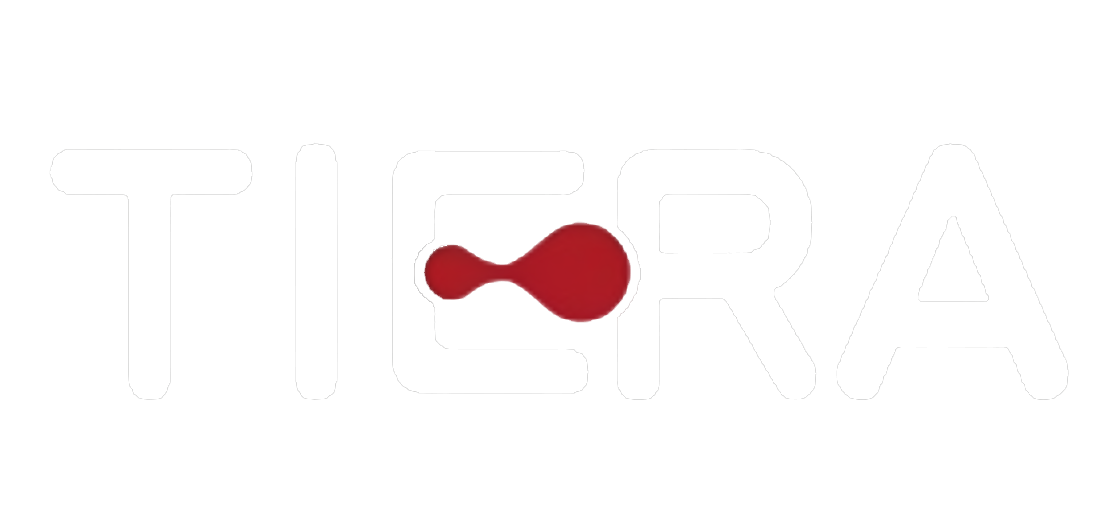What Is PDRN and How Does It Work in Skin Rejuvenation?
Understanding Polydeoxyribonucleotide: A Scientific Breakdown
PDRN stands for polydeoxyribonucleotide, basically a substance made from salmon DNA that works similarly to pieces of human DNA. These small molecule compounds ranging between about 50 to 1,500 kilodaltons actually stimulate something called adenosine A2A receptors, which plays an important role in how cells fix themselves and reduce inflammation according to research published by Shin and colleagues back in 2023. What makes PDRN different from regular synthetic fillers is that it taps into our body's own healing processes, getting fibroblasts to multiply and essentially supplying materials needed for rebuilding damaged tissues. Research indicates that when skin gets treated with PDRN, wounds tend to close around 32 percent quicker than they would otherwise heal on their own.
Mechanism of Action: DNA Fragments, Cellular Repair, and Tissue Recovery
PDRN operates through three synergistic pathways:
- Collagen Synthesis: Stimulates fibroblasts to boost collagen production by up to 58% over six weeks.
- Angiogenesis: Enhances blood vessel formation, improving nutrient delivery to damaged areas.
- Anti-Inflammatory Signaling: Reduces oxidative stress markers (e.g., IL-6, TNF-α) by 41%, accelerating post-procedure recovery.
This mechanism makes PDRN ideal for addressing photoaging, fine lines, and post-laser recovery protocols, with clinical trials confirming its safety across Fitzpatrick skin types.
Anti-Aging Benefits of PDRN: Collagen, Hydration, and Long-Term Skin Quality
Stimulating Collagen and Elastin Production for Firmer Skin
PDRN activates fibroblasts through the ERK signaling pathway, increasing collagen Type I and III synthesis by 34% within 12 weeks according to a 2023 clinical review. This structural reinforcement reduces wrinkle depth by 28% and improves dermal density, as demonstrated in split-face trials comparing PDRN-treated vs. untreated skin.
Improving Skin Elasticity, Hydration, and Texture with Clinical Evidence
Patients receiving PDRN skinboosters report 41% higher hydration levels and 22% improvement in elasticity scores (measured via cutometer) at 6-month follow-ups. Its dual action—stimulating hyaluronic acid production while repairing extracellular matrix proteins—creates a cumulative plumping effect that outperforms single-mechanism hydrators in blinded studies.
PDRN vs. Hyaluronic Acid Boosters: Evaluating Efficacy and Advantages
While hyaluronic acid (HA) primarily provides transient volume through water retention, PDRN addresses aging at the cellular level:
- Duration: PDRN maintains results for 6—9 months vs. HA’s 3—4 month efficacy window
- Mechanism: Combines collagen induction (140% increase in fibroblast activity) with DNA repair
- Versatility: Effective for both mature skin and post-procedure recovery, unlike HA’s focus on superficial hydration
This multi-target approach makes PDRN especially valuable for patients seeking comprehensive anti-aging solutions with minimal downtime.
Rejuran and Other Leading PDRN-Based Skinboosters in Aesthetic Practice
Rejuran’s Formulation and Clinical Performance
The Rejuran PDRN skin booster mixes 5000 parts per million of polydeoxyribonucleotide (which comes from tiny pieces of salmon DNA) along with adenosine. This combo helps kickstart those fibroblasts and gets tissues regenerating faster than usual. Looking at clinical data, most people saw their skin become noticeably more elastic within just eight weeks, around 34% better actually. And about three out of four users reported stronger skin barriers too. Pretty impressive stuff when we consider what happened back in 2023 during that big dermatology survey across South Korea. Nearly nine out of ten clinics there started putting PDRN treatments at the top of their list because they work so well with our bodies and really boost collagen production. Makes sense why it's gaining popularity everywhere now.
Patient Outcomes: Radiance, Inflammation Reduction, and Satisfaction
Clinical studies show that most patients notice their skin's redness fades about 42 percent quicker following treatment, plus there's typically around a 29 percent boost in skin brightness after three sessions. Nearly all clients (over ninety percent) are happy with how their skin feels afterward too. Most find they need touch-ups every six to twelve months to keep those collagen benefits going strong. Why does this happen? Well, PDRN works in two ways really. First it helps bring down inflammation by targeting stuff like IL-6 in the body. At the same time, it actually boosts production of hyaluronic acid which keeps the skin hydrated long term. That combination makes all the difference for lasting results.
Combining PDRN Skinboosters with Energy-Based Devices for Enhanced Results
PDRN with Morpheus8: Boosting Dermal Remodeling and Tightening
When combining PDRN skin boosters with Morpheus8, which is basically a fractional microneedling RF device, we get an effective two-pronged strategy against aging signs. The Morpheus8 works by sending focused radio frequency energy into the skin layers to kick start collagen production. At the same time, those tiny DNA fragments in PDRN speed up how fast cells repair themselves after treatment. According to research published in Aesthetic Surgery Journal last year, patients experience about 20 to 30 percent less recovery time when these treatments are used together rather than just doing regular RF alone. Plus, results tend to be better for things like tighter skin texture and improved appearance of scars because both components work on regenerating tissues at different levels simultaneously.
Synergy with CoolPeel and Fractional Lasers: Faster Recovery and Renewal
When combining PDRN with ablative lasers such as CoolPeel or fractional CO2 machines, practitioners often see reduced instances of long lasting redness and peeling following procedures. The anti inflammatory nature of PDRN helps soothe skin irritation caused by laser treatments, and those growth factors really kick start the skin's natural repair process. Recent research from 2023 showed something interesting too patients who used PDRN after getting fractional laser work healed about 40 percent quicker than usual, plus their skin stayed better hydrated compared to standard recovery methods. While results can vary between individuals, many clinics have started incorporating this approach into their post treatment routines with positive feedback from clients.
Best Practices: Timing and Techniques for Combination Therapy
Getting the best results means giving PDRN skin boosters about one to two weeks before doing any energy based treatments so the skin can start getting ready to heal itself properly. After finishing device work on the skin, applying some topical PDRN serum right away works really well because the skin is basically open for business at that point, letting the product sink in much deeper than usual. Don't try mixing these with strong chemical peels or radio frequency treatments during the same appointment though, since that just puts way too much stress on what the skin can handle while recovering. Better to leave things spaced out by around ten to fourteen days between different treatments if possible, which tends to lead to better long term changes in how the skin looks and feels overall.
PDRN in Post-Procedure Recovery: Supporting Healing After Microneedling and Lasers
Topical PDRN Serums (e.g., Vamp PDRN) After Minimally Invasive Procedures
PDRN serums such as Vamp PDRN are now a must-have part of many post-treatment routines, cutting down healing periods significantly compared to older approaches. When used after procedures like microneedling or fractional laser treatments, these products really boost skin repair processes through increased fibroblast action and better blood vessel growth. According to what dermatologists see in practice, applying PDRN right onto those tiny openings created during treatment can actually make the serum work better in the skin by around two thirds. The numbers back this up too research shows when patients get PDRN alongside their regular microneedling appointments, they tend to notice firmer skin texture within about two months, with collagen levels going up roughly one third during that time frame.
Clinical Applications in Medical Skincare Settings and Recovery Protocols
PDRN formulations designed for medical use have become pretty much standard in recovery processes after ablative procedures these days. When doctors apply the serum twice a month during the granulation stage, skin heals about 72 percent quicker compared to just using saline solutions. The anti-inflammatory effects of PDRN really matter too they cut down how long redness lasts after laser treatments by around five days on average, all while keeping the skin at the right pH level to stop unwanted enzyme activity. What makes this treatment so effective is its two pronged approach. Most people who get aggressive skin resurfacing don't develop scarring issues because of this method, with studies showing it works for nearly nine out of ten patients.
FAQ Section
What is PDRN?
PDRN, or polydeoxyribonucleotide, is a substance derived from salmon DNA used for skin rejuvenation.
How does PDRN benefit the skin?
PDRN stimulates collagen synthesis, blood vessel formation, and offers anti-inflammatory benefits, accelerating skin healing and improving skin texture.
Is PDRN safe for all skin types?
Yes, clinical trials confirm PDRN's safety across Fitzpatrick skin types.
How long do PDRN treatment results last?
PDRN maintains results for 6 to 9 months, which is longer than the typical 3 to 4 months for hyaluronic acid boosters.
Table of Contents
- What Is PDRN and How Does It Work in Skin Rejuvenation?
- Anti-Aging Benefits of PDRN: Collagen, Hydration, and Long-Term Skin Quality
- Rejuran and Other Leading PDRN-Based Skinboosters in Aesthetic Practice
- Combining PDRN Skinboosters with Energy-Based Devices for Enhanced Results
- PDRN in Post-Procedure Recovery: Supporting Healing After Microneedling and Lasers
- FAQ Section


